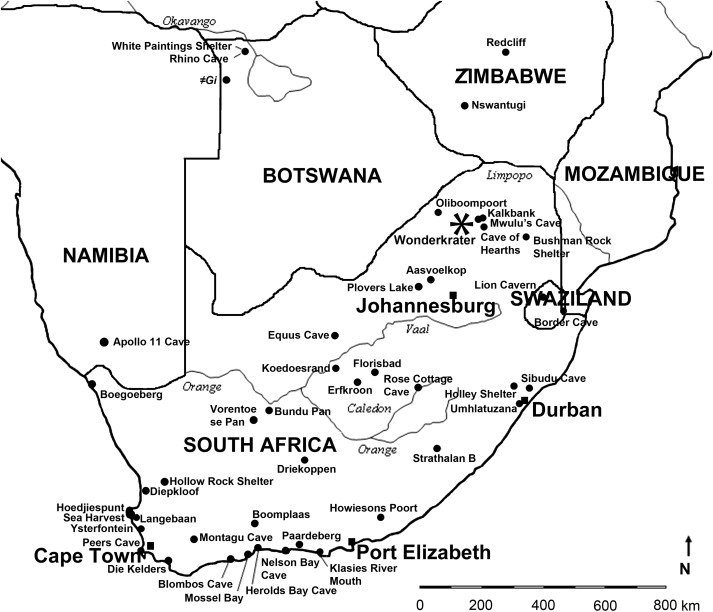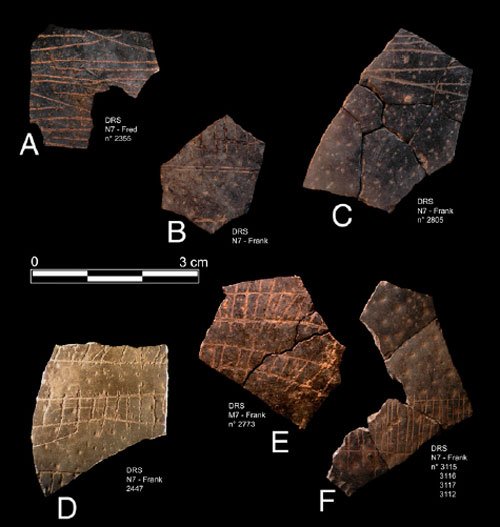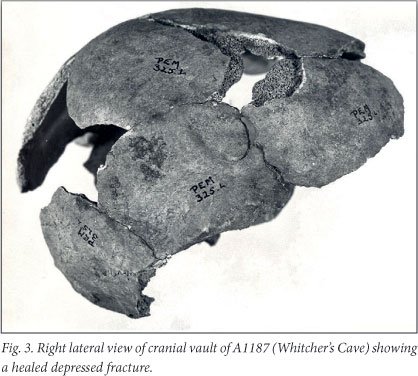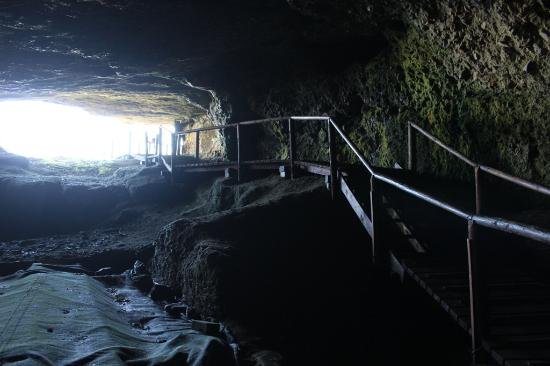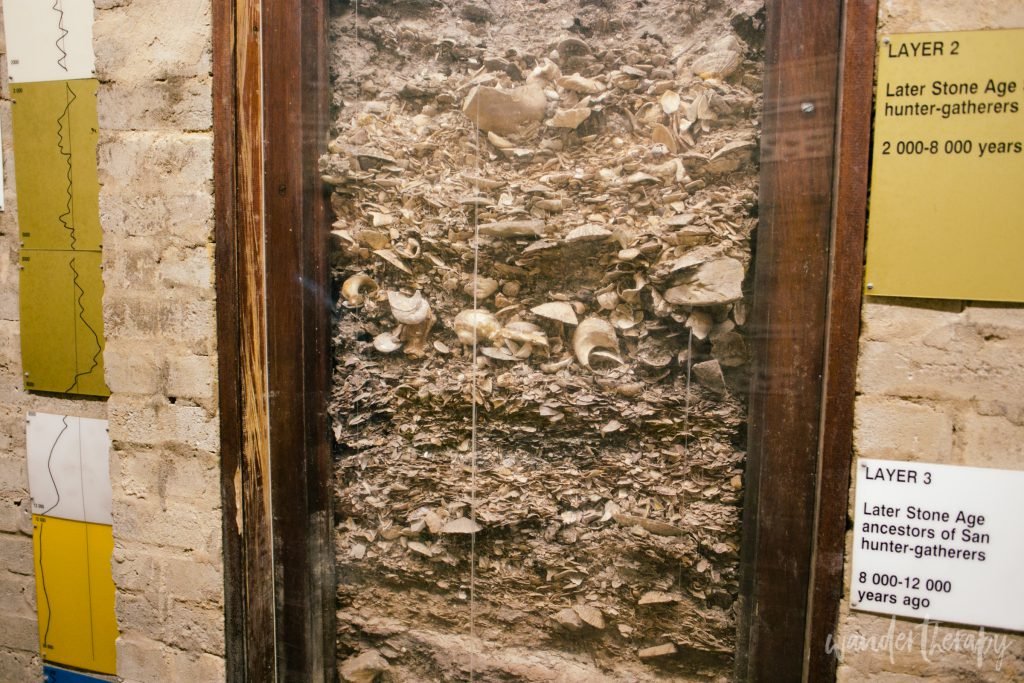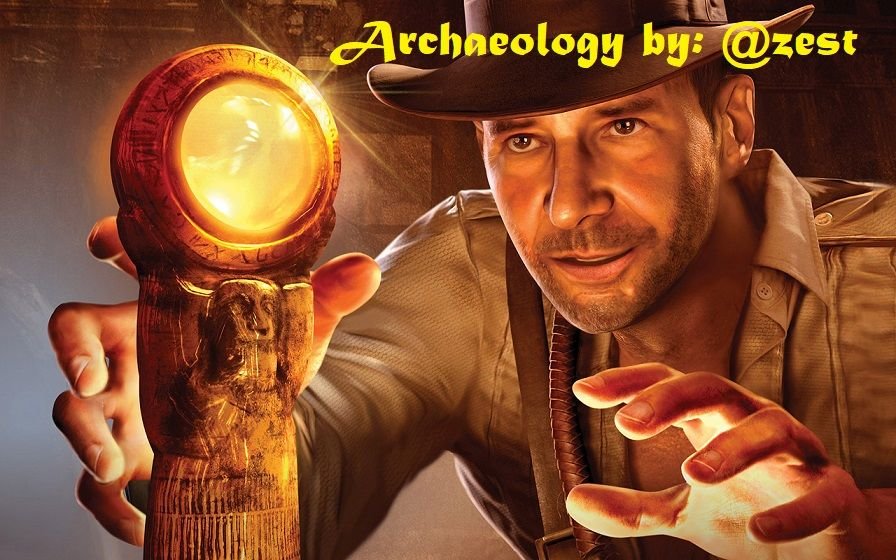
Dear Reader
In this following series of posts we are covering the Later Stone Age of South Africa, I highly encourage you to please read the Introduction, Historical Background, Advances in Later Stone Age, Climatic conditions of the LSA in South Africa, Elements characteristic of the Later Stone Age, The Later Stone Age sequence, Early Later Stone Age: Robberg assemblages, Robberg Subsistence Economy and The Oakhurst, including Albany and Lockshoek non-microlithic assemblages posts to this series to bring you update to date with the information and terminology we have covered so far.
Later Stone Age of South Africa: Wilton assemblages
Wilton (Classic Wilton) Holocene microlithic assemblages
(ca 8000 BP to 4000 BP)
Dating (ca 8000 BP to 4000 BP)
From about 10 000 Before Present (BP) we again find a reduction in the size of stone tools, together with a much wider range of formal stone tools. Holocene microlithic assemblages started spreading at about 10 000 BP, and by 6000 BP they occured over the major part of South Africa, including in some marginal areas. This practice persisted up to historic times. Regional differences in the material culture are increasely evident in the middle and later Holocene.
Intersite variability and the diversity of assemblages have resulted in different names being given to a number of contemporaneous industries. We use the terms Holocene microlithic assemblages. Wilton or Classic Wilton to distinguish between assemblages of this period and the Holocene assemblages associated with pottery.
The character of the Wilton microlithic assemblages
- The formal tools include scrapers, adzes, awls and borers, segments, backed blades, microliths with serrated edges, (rare) tanged arrowheads, grooved stones, borers, reamers and sinkers.
- Scrapers are particularly common during this period. The standardized small scrapers and backed microliths are made on fine-grained rock.
- Although unretouched bladelets still occur, they are not found in such large quantities as they are during the later stages of the early LSA.
- It must be borne in mind that stone tool flakes without secondary retouch are usable and that, therefore, the percentage of utilised flakes will be quite large in any stone tool analysis.
- A few mounted artefacts and traces of mastic point to a presumably widespread practice of hafting microliths that are then made up into composite tools.
- Bone artefacts are now more commonly found and include; fish hooks (found particularly in deposits in the Drakensberg area); arrow points and the composite parts of arrows; spatulas (asssociated with skin working). Bone tubes for smoking are also found, sometimes decorated.
- Shell, bone and stone are used for beads, pendants and other ornaments; ostrich eggshell beads, in particular, are abundant.
- Containers such as tortoise shell bowls and decorated ostrich eggshell containers occur.
- Parts of bows, arrows, fragments of netting, leather articles, digging sticks, wooden pegs (for pegging out skins), fire drills/sticks and other items of organic material are relatively abundant at sites where preservation is good.
- For the first time, formal burial sites become relatively abundant. Burials are sometimes accompanied by painted stones and grave goods consisting of cultural objects such as grindstones, shells and beads and traces of red and yellow achre, all of which indicate that social rituals now form part of burial practices. Burial show considerable variability.
Considerable number of skeletons from LSA burials have been recovered: for example, at Matjies River over 100 skeletons were recovered, 51 skeletons were recovered from Whitchers Cave, 23 from a Tsitsikama shelter and about 18 from the Oakhurst site. Unfortunately these burial complexes were usually inadequately recorded and the precise stratigraphy of most of the burials is uncertain (Hall 1987:140-152).
Rock paintings and engravings are, beyond doubt, associated with this period. Painted stones and slabs found in deposits or burials date to 6400 BP in the southern Cape and the engraved stones are found throughout the Holocene sequence at Wonderwerk in the northern Cape.
Subsistence Economy
As far as subsistence practices are concerned, historic and ethnographic accounts, supplement arcaheological data , provide a detailed database on the subsistence economy of hunter-gatherers during the last few thousand years. Subsistence economies and aspects of the social and ritual life during the Wilton, the Interior Wilton/Post-Wilton/Post-Classic Wilton and the Smithfield are broadly similar.
Interior Wilton/Post-Wilton/Post-Classic Wilton: microlithic Holocene assemblages without pottery
(ca 4000 BP to 2000 BP)
Dating (ca 4000 Bp to 2000 BP)
Palaeoclimatic data indicate cool environments and lower sea surface tempretures at between 4200 and 3500 BP; and sea levels regressed to at least modern levels. In the interior it seems to have been cooler and wetter during 4000 to 2000 BP. The Karoo experienced much wetter conditions after 4000 BP. Holocene microlithic assemblages started spreading throughout the land at about 10 000 BP, and by 6000 BP they occurred over the major part of South Africa, including in some marginal areas.
The character of Interior Wilton/Post-Wilton/Post-Classic Wilton microlithic assemblages
- Assemblages dating to this period are very similar to those of the former and are a continuation of the Wilton. There is, however, a tendency to manufacture more informal stone tools.
- Scrapers still form a major part of most assemblages.
- Changes in formal tool frequences include the gradual replacement of segments by other kinds of backed microliths. Increased numbers of adzes and spokeshaves are found.
- Tanged or stemmed points (for hafting) and grooved pebbles (presumably used as weights for fish nets) and a variety of polished bone tools are present at coastal sites such as Nelson Bay Cave.
Interior Wilton/Post-Wilton/Post-Classic Wilton: microlithic Holocene assemblages with or without pottery
(ca 2000 BP to 100BP)
Dating (ca 2000 BP to 100BP)
LSA assemblages with instrusive elements such as ceramics, glass beads, metal artefacts, bones of domesticated animals and objects of European manufacture belong to Upper Holocene assemblages dating to the last 2000 years.
Character of microlithic upper Holocene assemblages without pottery
Differentiation between the various broadly contemporary assemblages forming part of this phase of the Holocene is expressed in the different terminology applied. Two kinds of assemblages, with or without pottery, are found.
(a) With informal tools made on coarse-grained rock and made by, or comtemporary with, KhoeKhoe stock farmers.
(b) With stone tools on fine-grained rocks.
The Smithfield contains long scrapers with backed bladelets, whereas the Interior Wilton or Post-Wilton contains small scrapers with some backed bladelets; but segments are rare. Adzes are relatively common.
- In South Africa these new elements were not generally accompanied by a change in the stone tool technology, although a change in the relative frequencies of certain tool types is sometimes found. The size and shape of scrapers may change and it seems that the use of hornfels (in some areas) resulted in the characteristic long end-scrapers of the Smithfield.
- The major difference between pre- and post-pottery assemblages is a reduction in the frequency of backed microliths and segments in particular. The introduction of metal may have a bearing on this, with metal arrowheads replacing stone insets (Deacon 1984b:273).
- There are rare occurences of stone tools mounted in mastic (eg at Boomplaas Cave).
- Notched, hollow or strangulated scrapers (spokeshaves) and adzes are common in some assemblages. Both tool types are now interpreted as being used for woodworking purposes.
- At some sites bone tools increase in range and quantities.
- Bone and stone smoking pipes become more common.
- Ostrich eggshell items, shell beads and pendants are common. Rare painted stones are known from sites in southern, western, eastern and northern Cape.
- Bone hooks, presumably for fishing, are found in archaeological deposits at sites such as Rose Cottage, Bonawe in the foothills of the Drakensberg escarpment, and others.
- Large unretouched flakes and flake cobbles are associated with shell middens and a low frequency of formal tools. Some researchers believe these assemblages to be activity variants that reflect the seasonal exploitation of marine resources. The shell middens are, furthermore, sometimes linked to historically described Strandlopers or Fisherman (in the literature such assemblages are also referred to as the Strandloper or Coastal Wilton Industry). However, it is not a good idea to use the term Strandloper, since this term merely reflects the utilisation of coastal resources.
- Preservation of organic material is excellent at some of the coastal and inland sites. This gives us much needed data on the range of tools, weapons, household items and the materials used in the manufacture of these artefacts. These tools include wooden implements, netting, string, sewn leather and also the remains of edible plants.
- It seems that pottery and domesticated animals became an additional element in the LSA. Glass and metal beads, the latter mainly copper and brass, and other trade items of European origin, occur in some assemblages. In certain areas bottle glass was even used as a raw material in the manufacture of typical stone tool forms.
Images are link to their sources in their description and references are stated within the text.
Thank you for reading
Thank you @foundation for this amazing SteemSTEM gif


